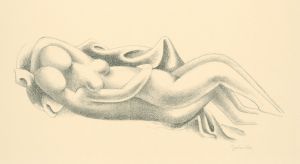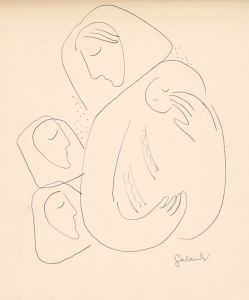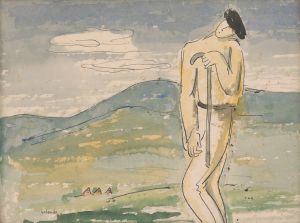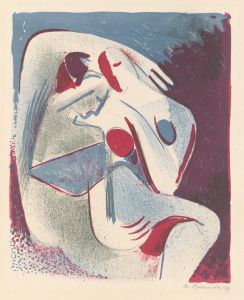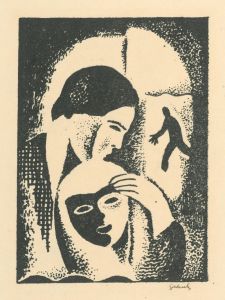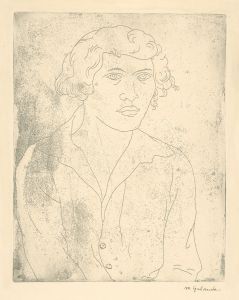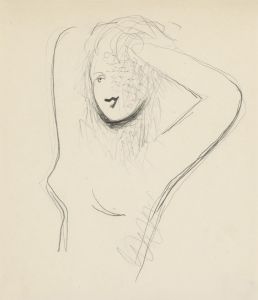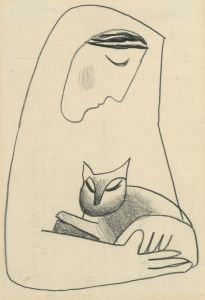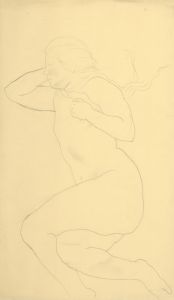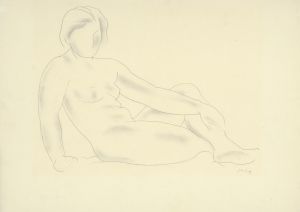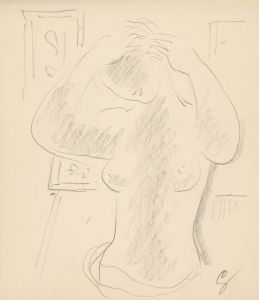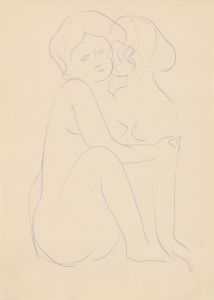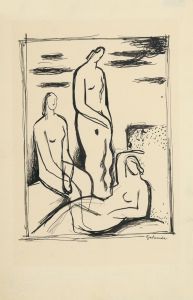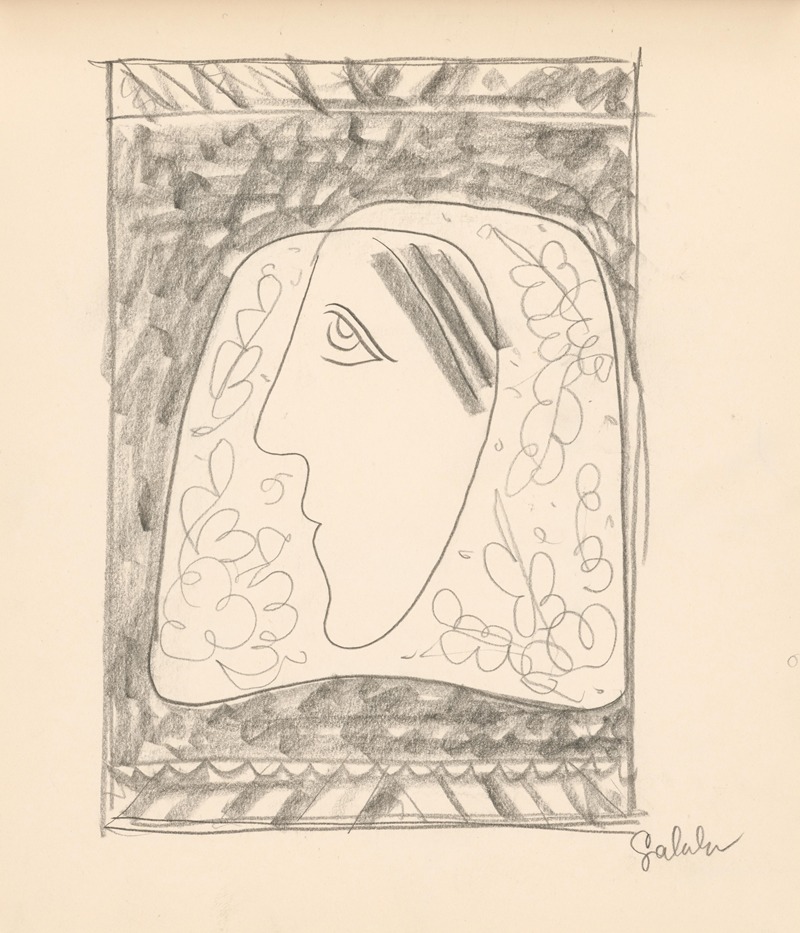
The Head of a Woman in a Floral Headscarf
A hand-painted replica of Mikuláš Galanda’s masterpiece The Head of a Woman in a Floral Headscarf, meticulously crafted by professional artists to capture the true essence of the original. Each piece is created with museum-quality canvas and rare mineral pigments, carefully painted by experienced artists with delicate brushstrokes and rich, layered colors to perfectly recreate the texture of the original artwork. Unlike machine-printed reproductions, this hand-painted version brings the painting to life, infused with the artist’s emotions and skill in every stroke. Whether for personal collection or home decoration, it instantly elevates the artistic atmosphere of any space.
Mikuláš Galanda was a prominent Slovak painter and illustrator, known for his significant contributions to modern art in Slovakia during the early 20th century. One of his notable works is "The Head of a Woman in a Floral Headscarf," which exemplifies his unique style and artistic vision.
Mikuláš Galanda was born on May 4, 1895, in Turčianske Teplice, then part of the Austro-Hungarian Empire. He studied at the Academy of Fine Arts in Budapest and later at the Academy of Fine Arts in Prague, where he was influenced by various modernist movements. Galanda became a key figure in the development of Slovak modern art, and his work often reflected the cultural and social changes of his time.
"The Head of a Woman in a Floral Headscarf" is a portrait that captures Galanda's interest in combining traditional Slovak themes with modernist techniques. The painting features a woman wearing a headscarf adorned with floral patterns, a common element in Slovak folk attire. This choice of subject matter highlights Galanda's dedication to exploring Slovak identity and heritage through his art.
Galanda's style is characterized by a synthesis of various modernist influences, including Cubism, Expressionism, and Fauvism. In "The Head of a Woman in a Floral Headscarf," these influences are evident in the use of bold colors, simplified forms, and expressive lines. The painting's composition focuses on the woman's face, with the floral headscarf adding a decorative and symbolic element to the piece.
The use of color in the painting is particularly noteworthy. Galanda employs a vibrant palette that brings the subject to life and emphasizes the emotional depth of the portrait. The floral patterns in the headscarf are rendered with a sense of rhythm and movement, adding a dynamic quality to the otherwise static composition.
Galanda's work, including "The Head of a Woman in a Floral Headscarf," played a crucial role in the development of Slovak modern art. He was a member of the "Generation 1909," a group of Slovak artists who sought to break away from academic traditions and embrace modernist ideas. Through his art, Galanda aimed to create a visual language that was both contemporary and rooted in Slovak culture.
Throughout his career, Galanda faced various challenges, including political and social upheavals in Central Europe. Despite these difficulties, he remained committed to his artistic vision and continued to produce works that reflected his innovative approach to art. His contributions to Slovak culture were recognized posthumously, and he is now regarded as one of the pioneers of modern art in Slovakia.
"The Head of a Woman in a Floral Headscarf" is a testament to Galanda's ability to blend tradition with modernity, creating a work that resonates with both historical significance and artistic innovation. Today, his paintings are celebrated for their unique style and their role in shaping the trajectory of Slovak art in the 20th century.






